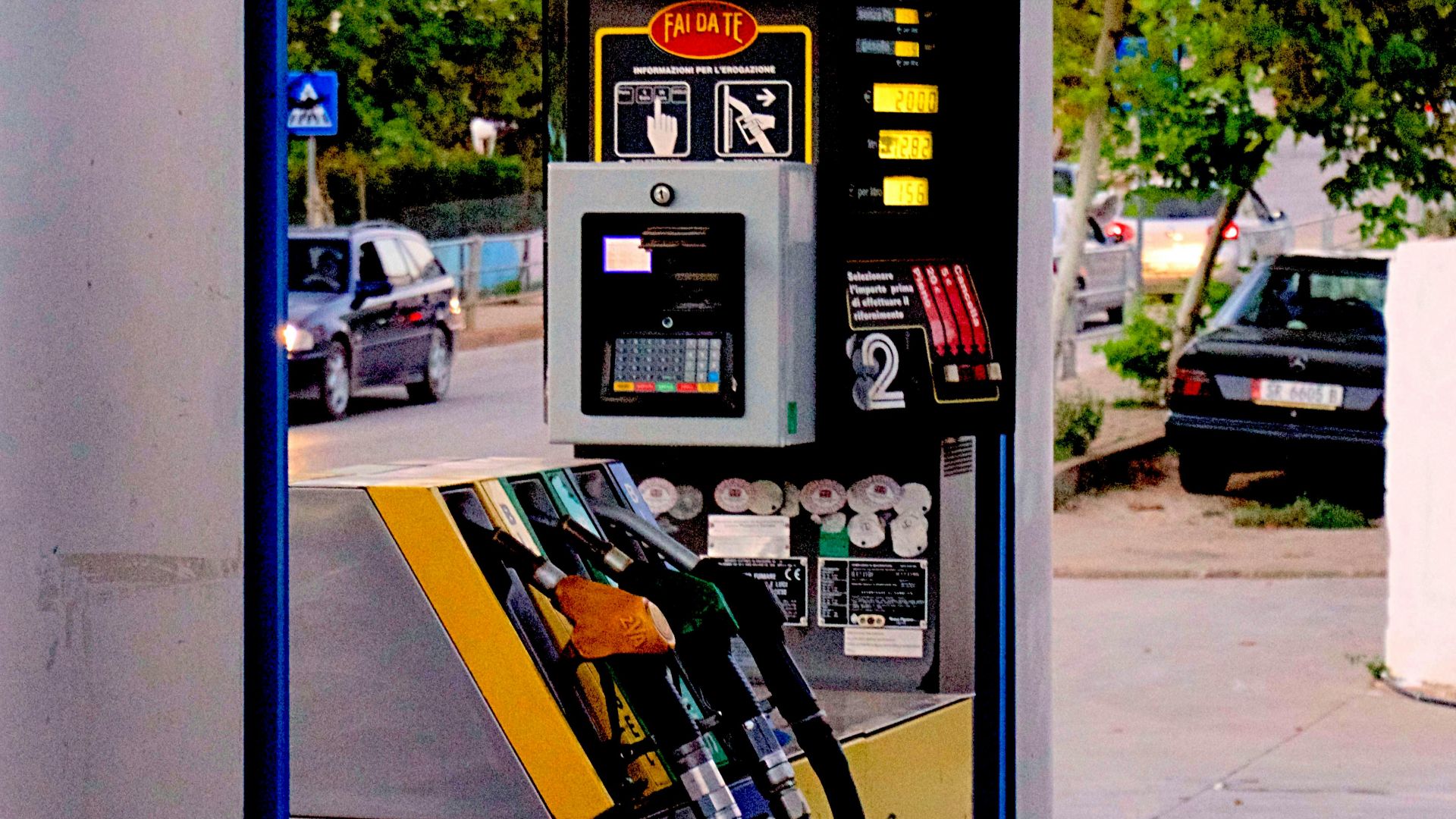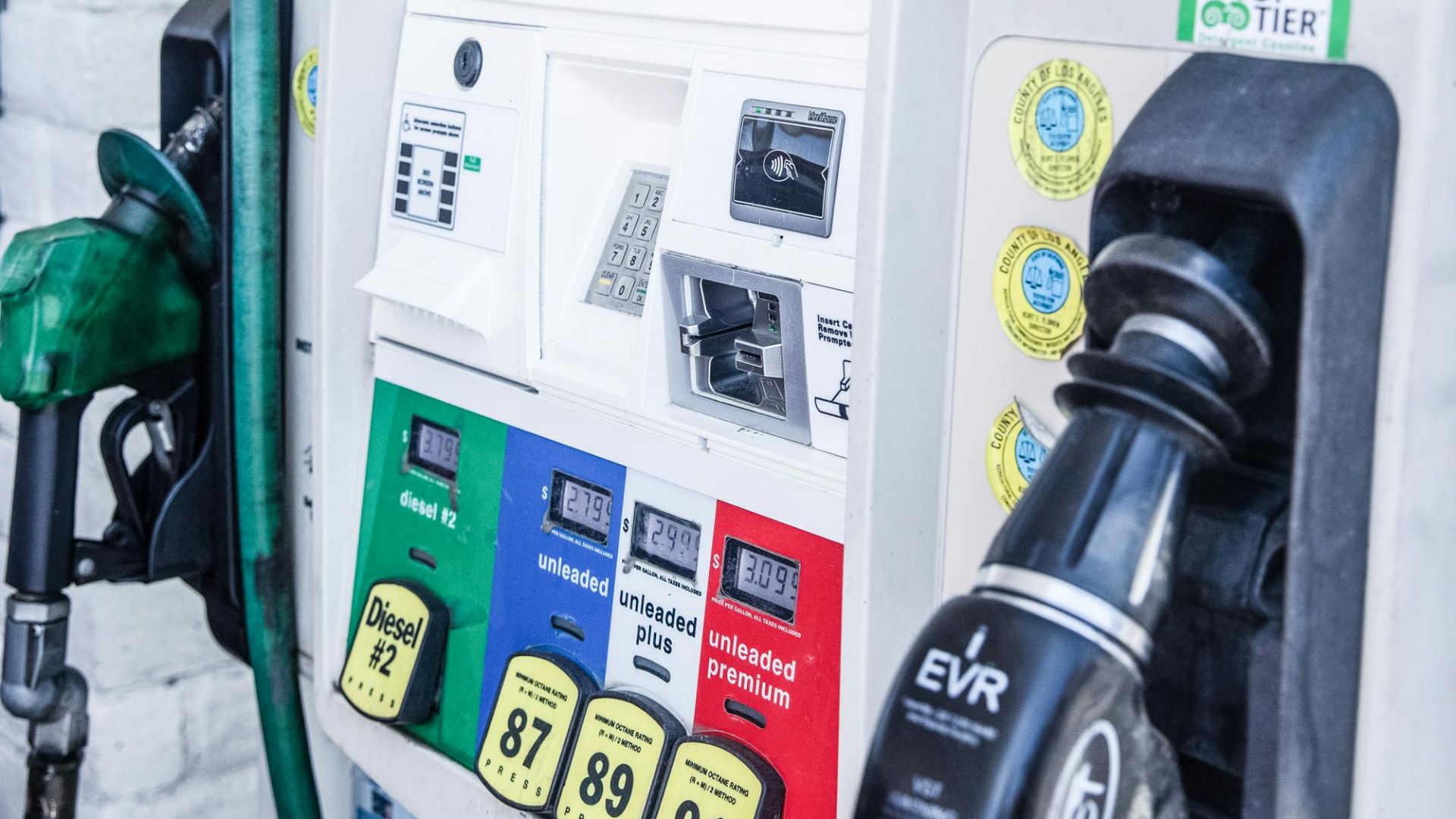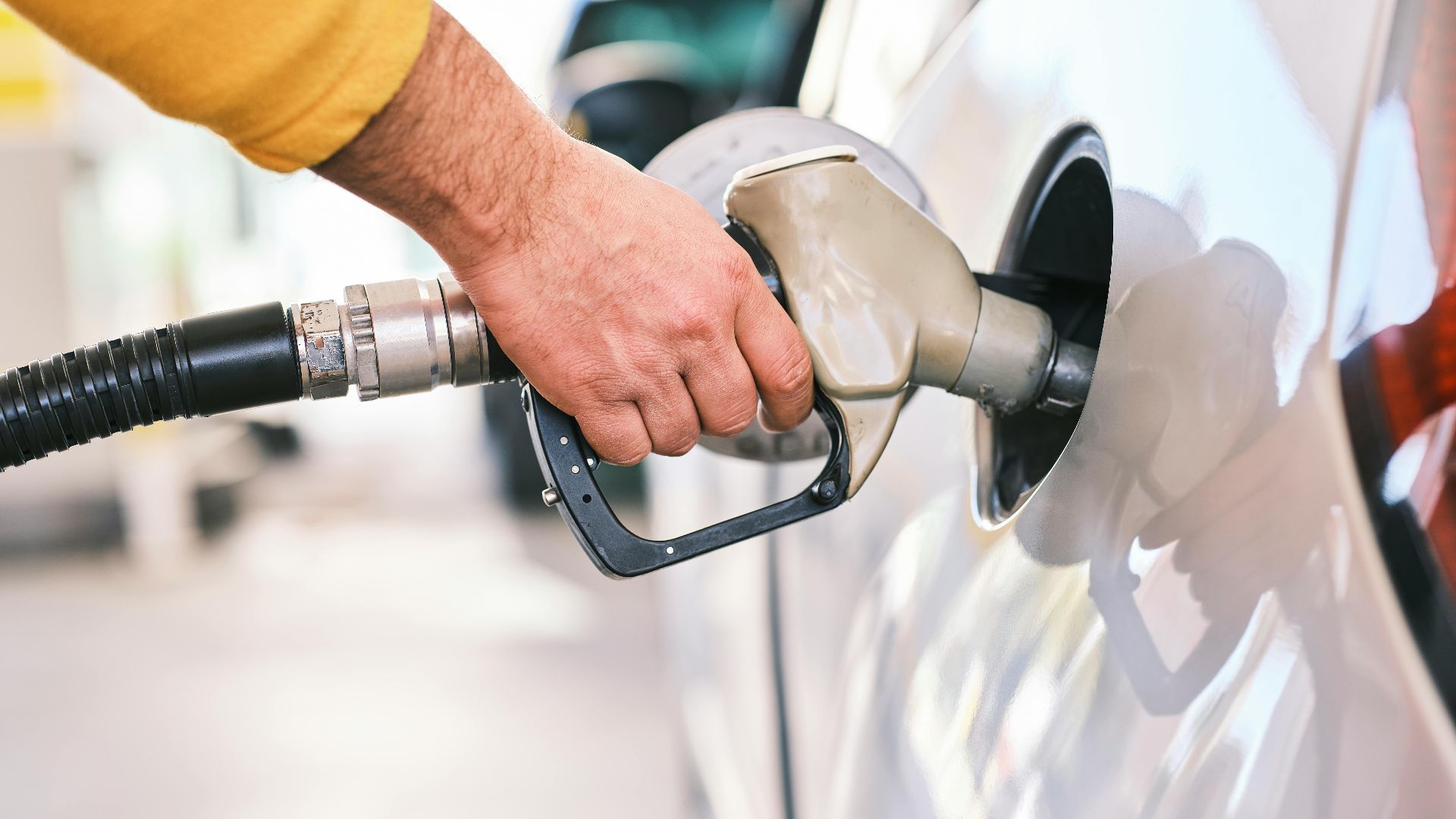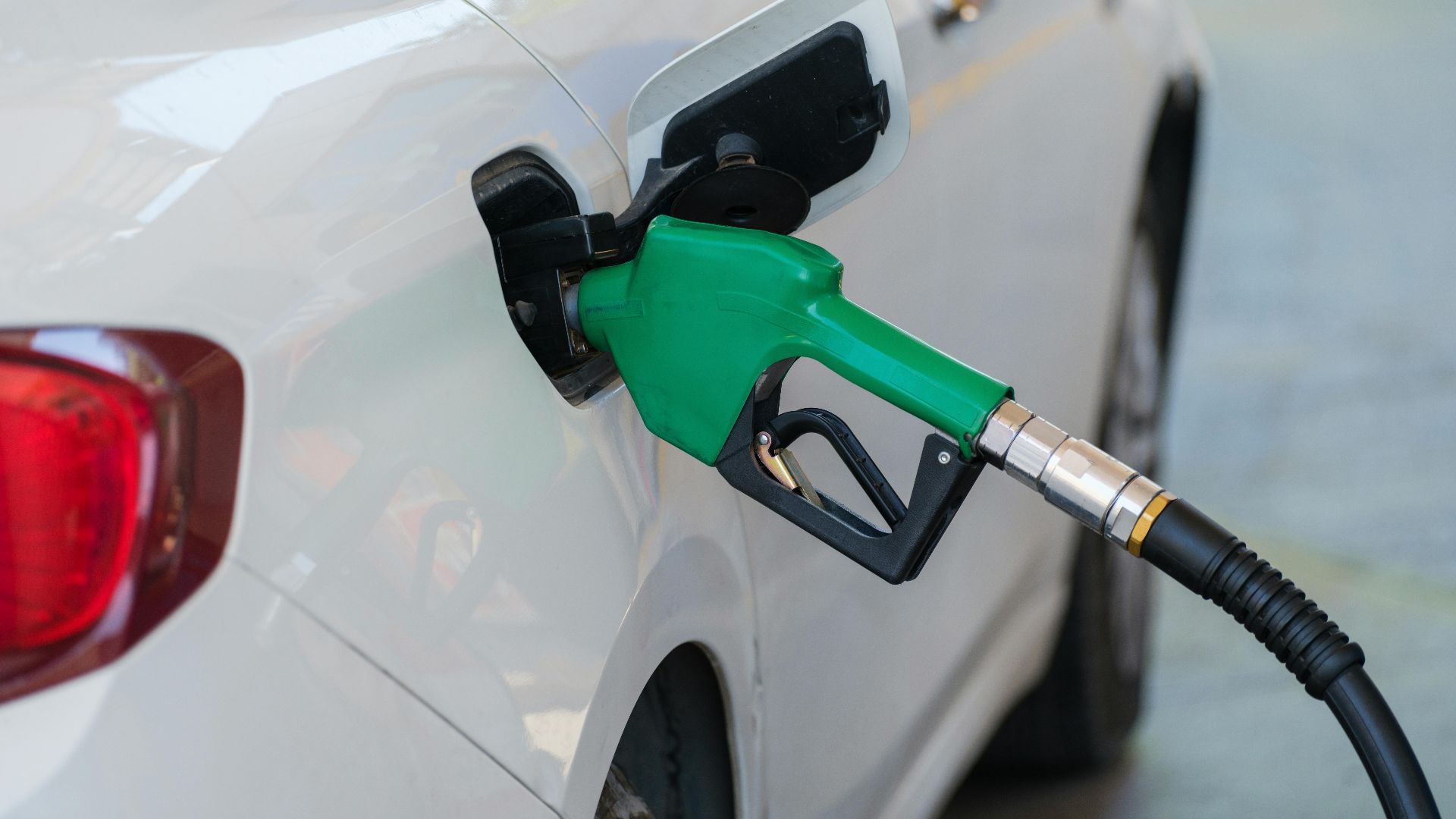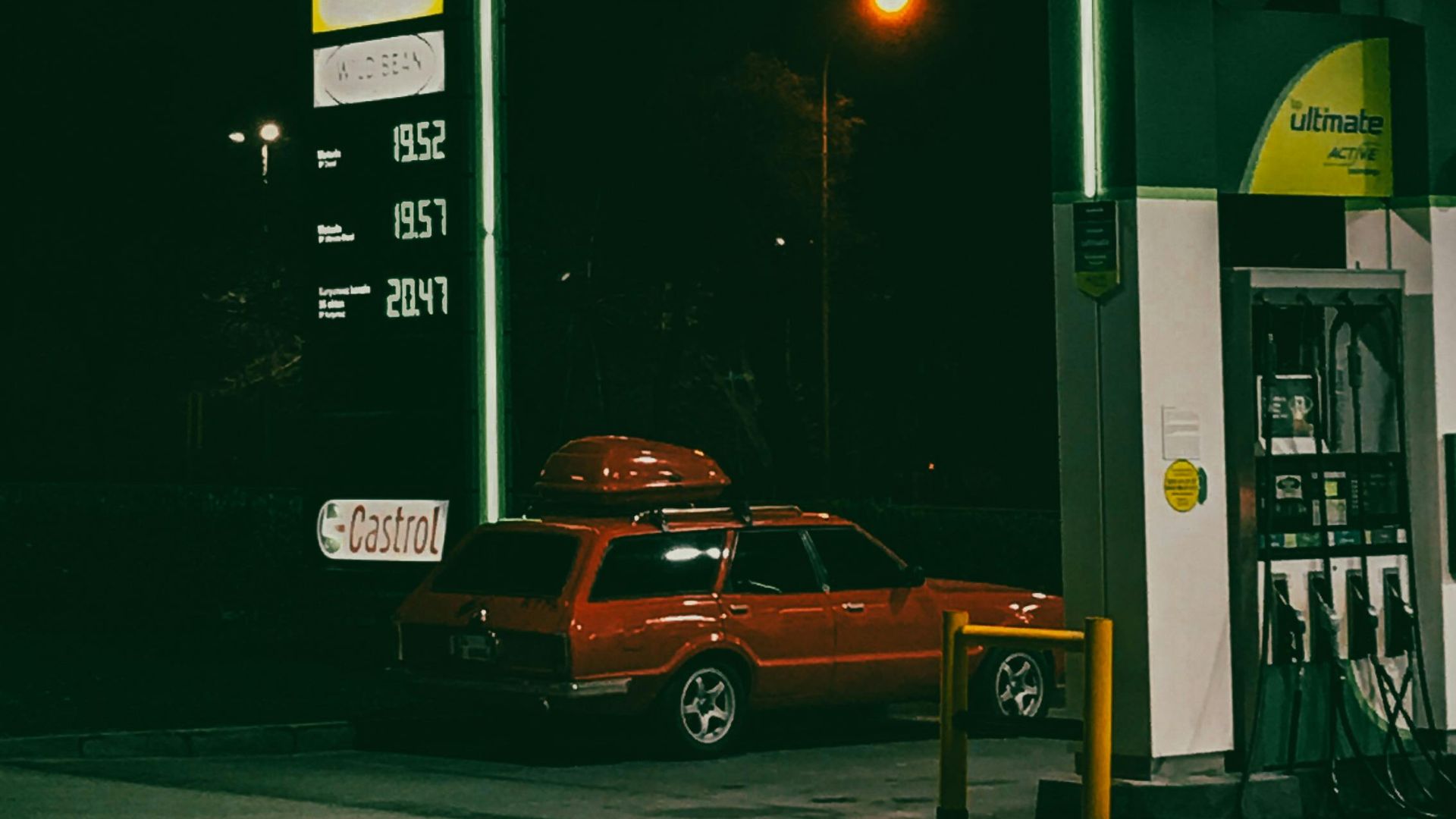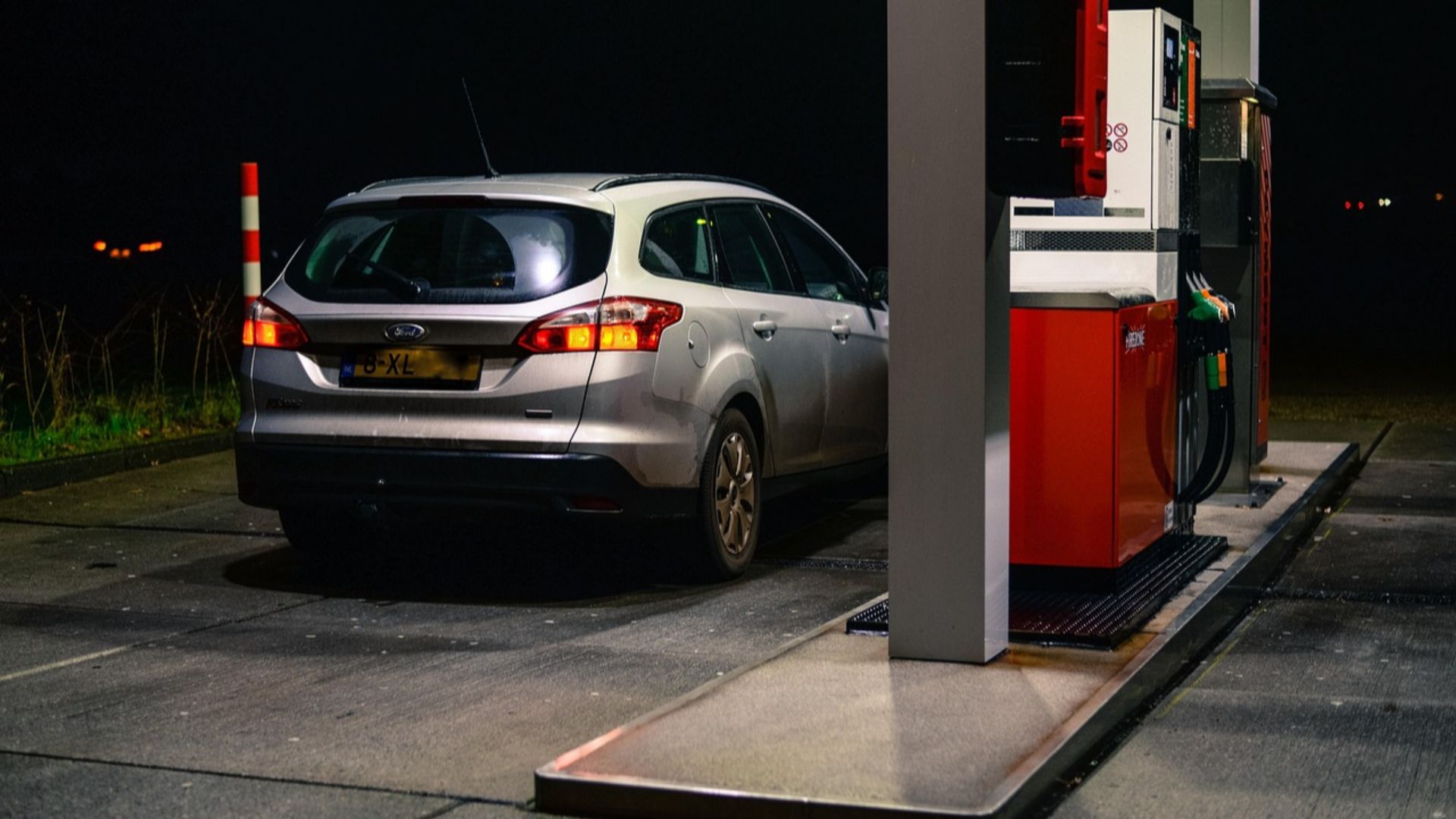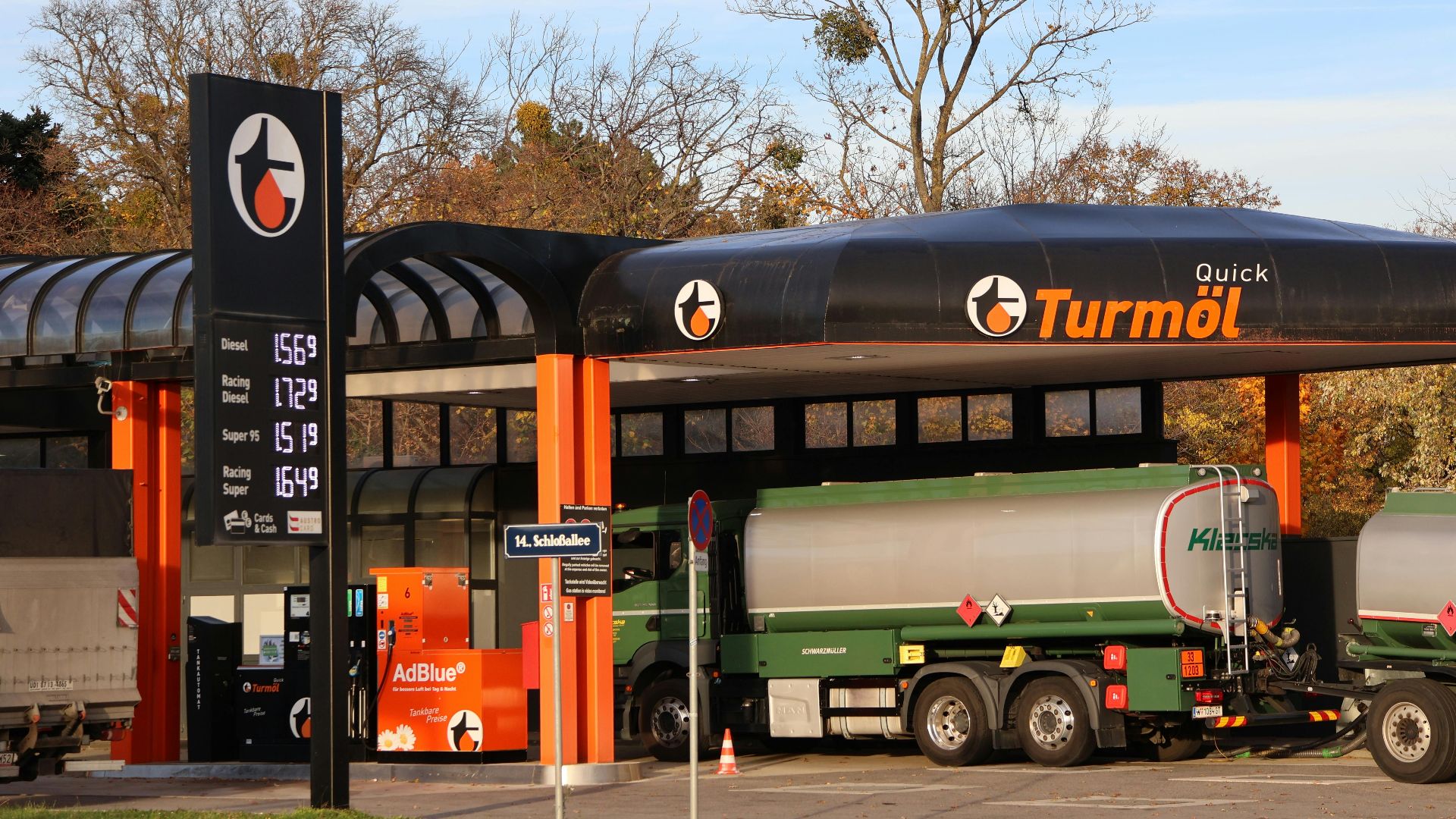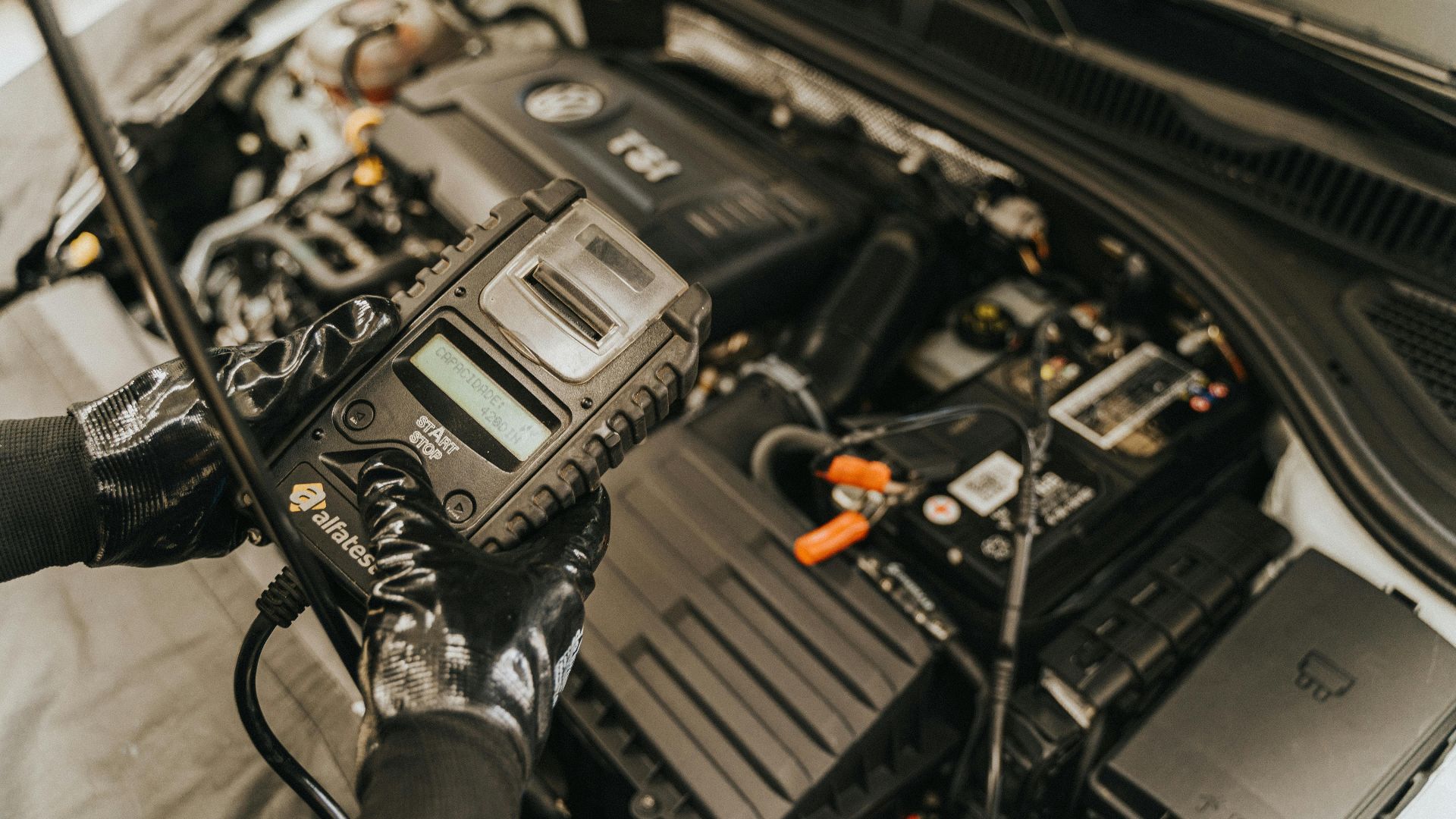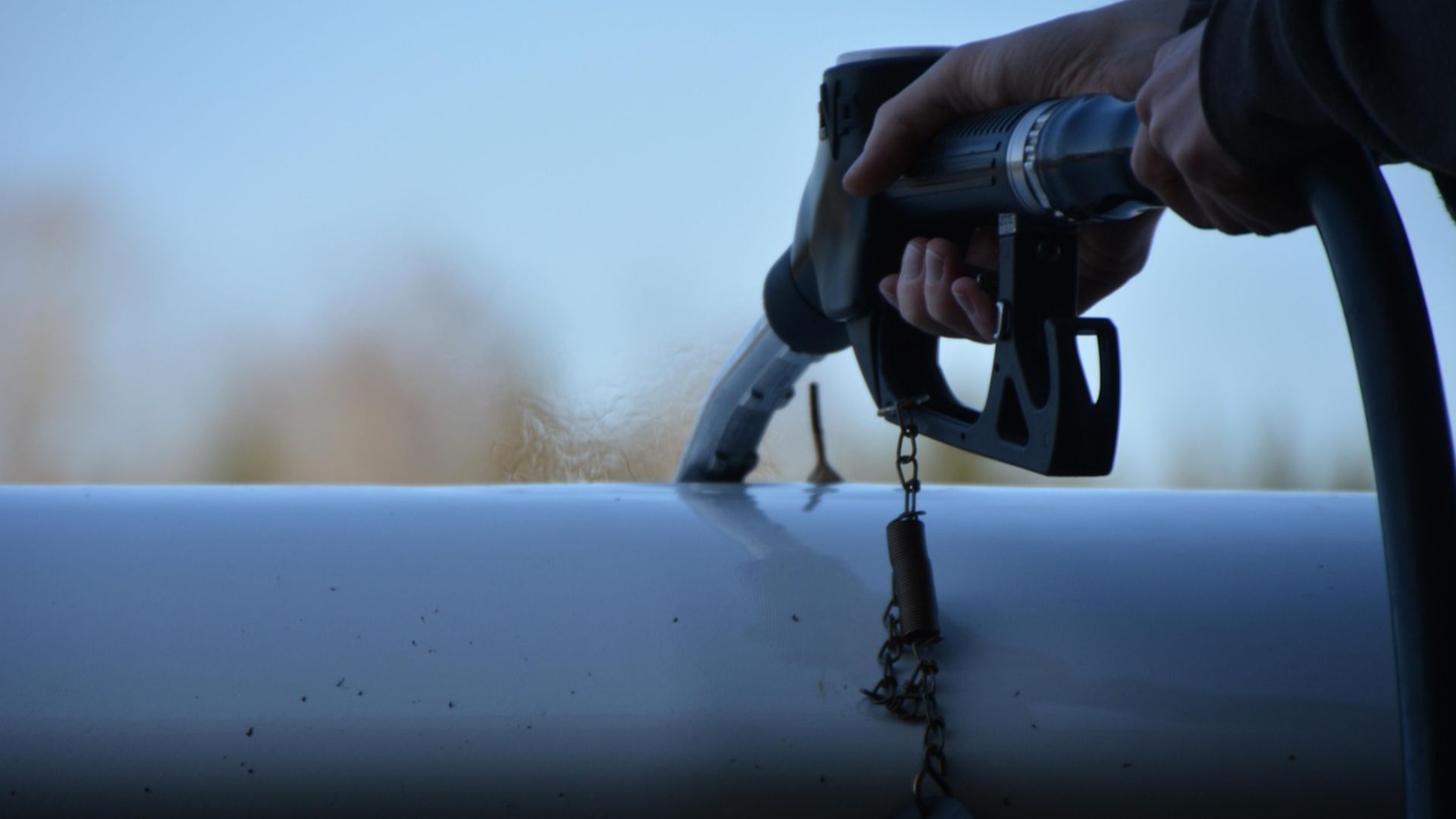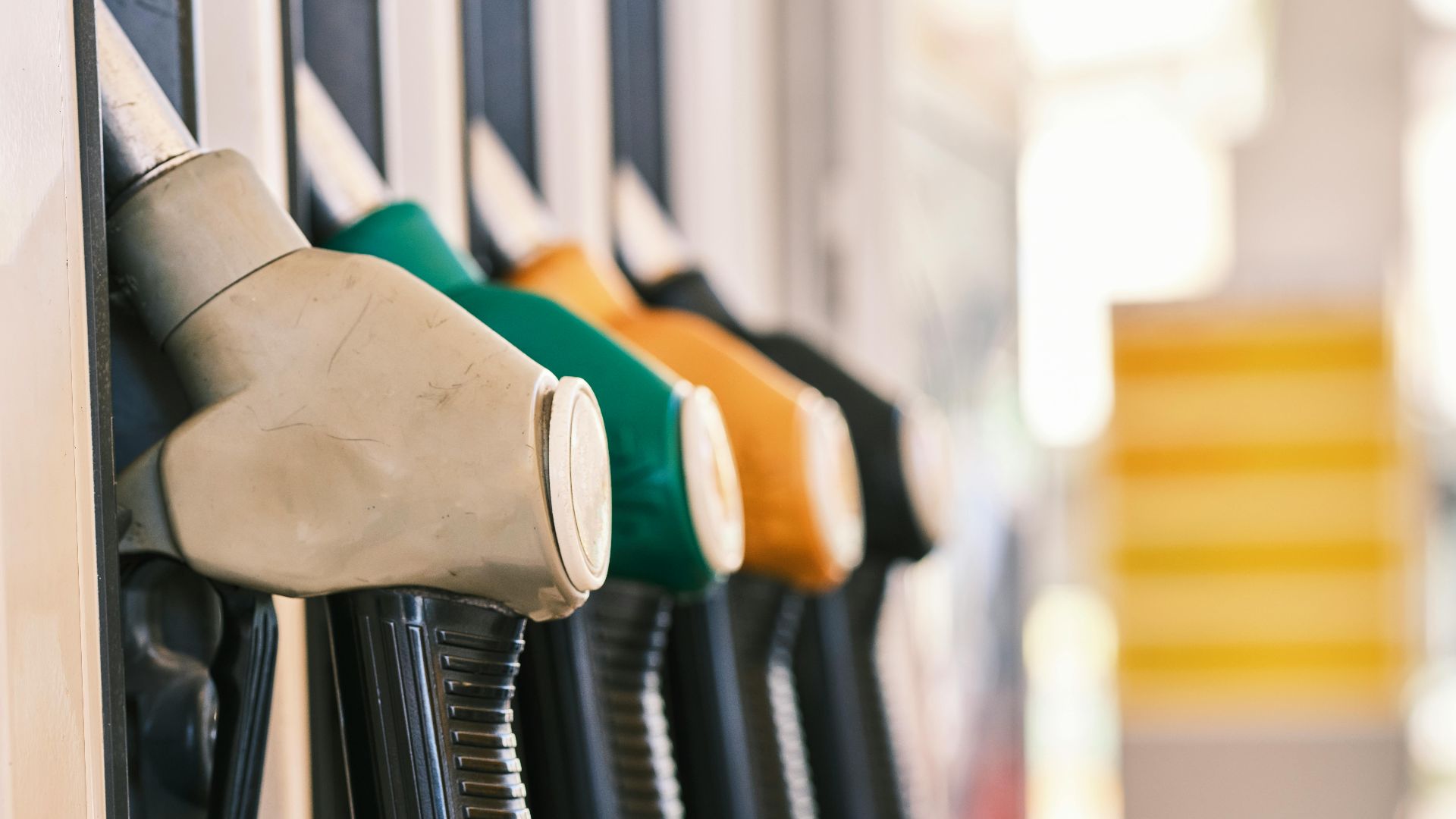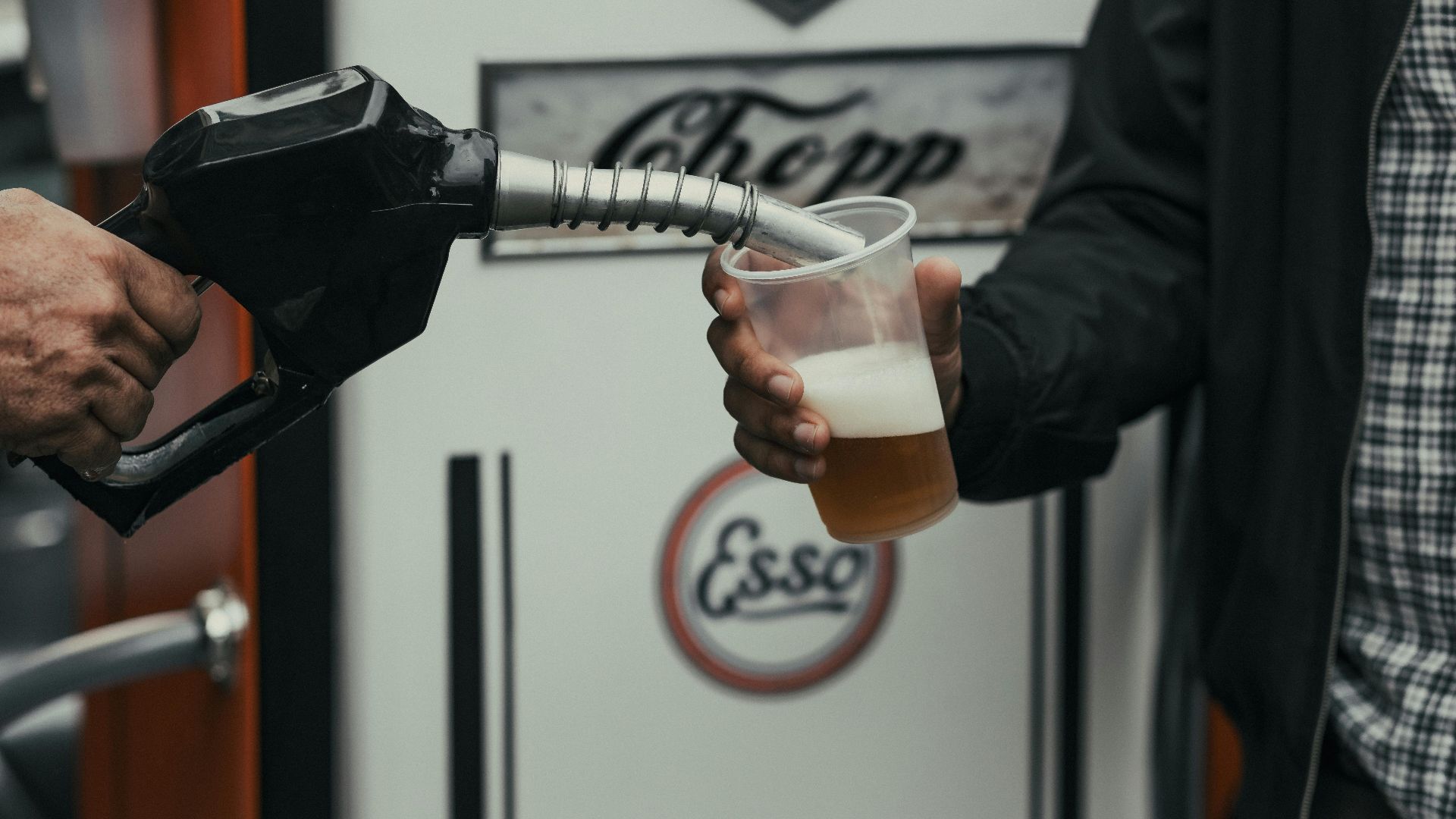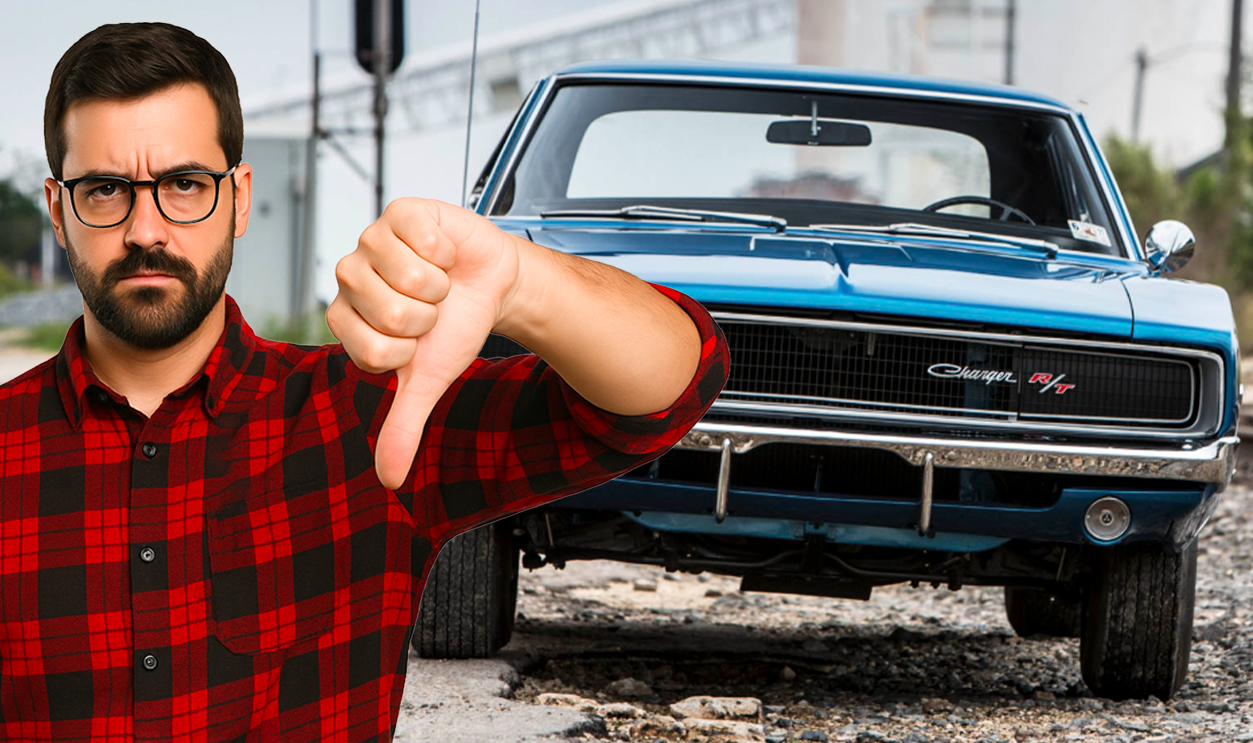When The Nozzle Betrays You
You’re at the pump, half-distracted, and grab the wrong handle. Moments later, your stomach drops as you realize—you’ve just filled your gas car with diesel. Don’t panic! It’s not great, but it’s not the end of the world either. Here’s exactly what happens, what to do next, and how to make sure this mistake doesn’t destroy your engine—or your wallet.
The Science Behind The Mistake
Gasoline and diesel may both come from crude oil, but they’re engineered for very different engines. Gas engines need quick, controlled explosions. Diesel engines thrive on compression and heat. Mix them up, and you’ve got a confused car that won’t know what to do with itself.
Your Car Won’t Like It
Your gas car’s engine isn’t designed to handle diesel’s heavy, oily nature. It clogs, gums up, and prevents proper ignition. It’s like trying to run a marathon in mud boots—it just won’t go well.
Why Diesel Has No Place In A Gas Tank
Gasoline relies on something called an octane rating, which measures how well it resists early detonation. Diesel’s octane rating is only about 25–30, while your car needs 87–91. That mismatch is a recipe for rough running—or no running at all.
You’re Actually Lucky It Wasn’t The Other Way Around
Here’s some good news: putting gas in a diesel car is worse. Diesel engines depend on lubrication and compression. Gasoline ruins that and can cause severe damage almost instantly. So, take a deep breath—you did the less catastrophic thing.
How Much Diesel Did You Pump?
Before you panic, figure out how bad it is. Did you squeeze in just a splash before realizing your mistake? Or did you fill half the tank? That detail determines your next move.
Don’t Even Think About Starting The Engine
Seriously—don’t. Turning the key will send diesel through your fuel lines and into places it should never be. Once that happens, cleanup becomes far more complicated and expensive.
The Danger Of “Just Driving It Off”
You might be tempted to dilute the diesel with gas and “run it out.” Don’t. Even a small amount of diesel can cause misfiring, knocking, or a complete stall. Worse, it can seize your engine and turn a simple mistake into a multi-thousand-dollar repair.
Call A Trusted Garage
Your next move? Get on the phone with your favorite mechanic. Explain exactly what happened and how much diesel went in. They’ll likely tell you to have the tank drained professionally—and they’re right.
Don’t Delay That Tow Truck
Once the shop knows what’s coming, call a tow truck. The sooner your car gets to the garage, the less time diesel has to sit and damage sensitive components like fuel injectors and pumps.
What Happens During A Drain
The mechanic will safely remove all the contaminated fuel from your tank and flush the system. It’s not a quick fix, but it’s far better than rebuilding an engine. Think of it as a detox for your car.
What Diesel Actually Is
Diesel is a thicker, denser fuel made for engines that ignite through compression instead of spark. It’s perfect for trucks, buses, and ships—not for your sedan’s delicate fuel system.
What Gasoline Actually Is
Gasoline is lighter and designed to ignite via spark plugs. It’s usually blended with ethanol to burn cleaner. When diesel sneaks into this mix, it throws the chemistry off completely.
Why Diesel Is Heavier
Diesel molecules are larger and heavier, which is why diesel fuel feels oily. That heaviness means it doesn’t vaporize properly in a gas engine—and vaporization is essential for smooth combustion.
 Jennifer Latuperisa-Andresen, Unsplash
Jennifer Latuperisa-Andresen, Unsplash
Spark Plugs Won’t Save You
Gas engines depend on spark plugs to ignite fuel, but when diesel is in the mix, it simply won’t burn right. Instead of a clean spark, you’ll get sluggish, smoky chaos that can damage your plugs and cylinders.
The Smell Test
If you’re ever unsure whether you grabbed the wrong pump, give the nozzle or your fuel cap a sniff. Diesel has a distinctive oily, pungent smell that’s impossible to mistake once you know it.
Why Time Matters
Leaving diesel sitting in your gas tank is like leaving milk in the sun—it gets worse by the hour. The longer it stays, the deeper it seeps into your system and the pricier the fix becomes.
 Kostiantyn Zavhorodnii, Pexels
Kostiantyn Zavhorodnii, Pexels
The Cost Reality Check
Having your tank drained and flushed typically costs a few hundred dollars. Letting diesel reach your injectors or engine? That can climb into the thousands. Prevention—and quick action—save serious cash.
Prevention Is The Real Fix
Next time you fuel up, slow down. Diesel pumps are usually labeled clearly, and most have larger nozzles that shouldn’t fit into gas tanks—but accidents happen. A double-check before you squeeze can save a whole lot of trouble.
What You Learned (The Hard Way)
You discovered firsthand how delicate your engine’s chemistry really is. You also learned that acting fast—calling for help and not turning the key—turns an expensive disaster into a manageable inconvenience.
Your Redemption Drive
Once your tank is flushed and you’re back on the road, you’ll never mix up those pump handles again. Consider it a rite of passage for every driver who’s learned that one tiny mistake at the gas station can turn into one unforgettable story.
You May Also Like:
Three Great Cars For College Students
Four Of The Deadliest Roads In The World
Forgotten Mopar Legends From The 1970s
Source: 1



